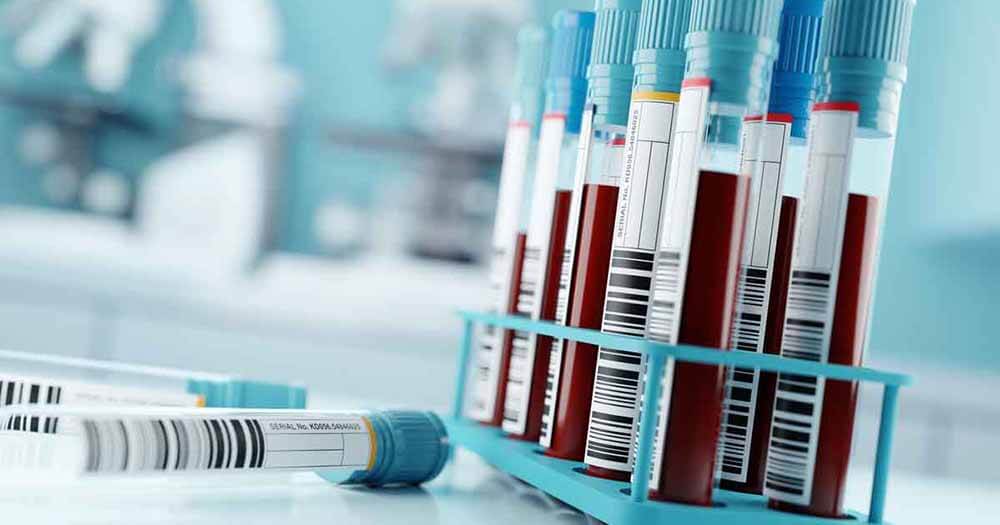The NICE Quality Standard for diabetes in adults states that people with diabetes admitted to hospital should be cared for by appropriately trained staff, have access to a specialist diabetes team and be given the choice of self-monitoring and managing their own insulin (NICE, 2011). The Joint British Diabetes Societies for Inpatient Care (JBDS-IP, 2012) have provided guidance on insulin self-administration and suggested that the following is required when initiating insulin self-administration:
- An agreement form signed by patient and nurse.
- A care plan highlighting circumstances when self-management is not appropriate (e.g. prior to an operation).
- Diabetes specialist team involvement when needed.
- Insulin doses recorded on the prescription chart.
- Facilities available for the safe storage of insulin on the ward.
To help Trusts implement this guidance, the Wessex Academic Health Science Network (2016) has developed a guide to support Trusts through the process of implementing insulin self-administration.
Within University Hospital Southampton, there was no formal process to allow inpatients to self-administer their insulin. Therefore, a Project Manager role was created to establish one. The resulting process has been piloted on four ward areas, including medicine and surgery, with great success in terms of patient satisfaction and cost savings. This article outlines the new assessment process and reviews the feedback on the pilot so far.
Background
In researching how other Trusts were managing the issue of insulin self-administration, it was observed that, in the majority of cases, it was the nurses’ responsibility to assess a patient and document insulin administration daily on a paper chart. This documentation would be completed initially but, over time, would cease to be filled in. Therefore, we sought to develop an electronic assessment process that nursing and pharmacy staff would be involved in. In addition, we aimed to change the storage of insulin to make it more accessible, so that patients would receive their insulin at the appropriate times and nursing staff could save time during their drug rounds by having the insulin located at the bedside rather than in the ward fridge.
Procedure
One of the first tasks for the Project Manager was to develop an electronic assessment process, with joint involvement from nursing and pharmacy staff. After review of the self-administration assessments used in other Trusts, a flow chart was developed to identify patients who are able to self-administer their insulin (Appendix 1; see the end of this article).
There are three levels of suitability for self-administration, which have been adapted from the Nursing and Midwifery Council’s (2007) Standards for Medicines Management guidance and can be seen in Table 1. It was important to ensure that the nurses’ and patients’ responsibilities were clearly identified, and to ensure that the assessment was purely related to insulin administration and not blood glucose monitoring. Patients who are self-administering their insulin continue to have their blood glucose levels checked by the nursing staff, using the ward meter as this is calibrated daily. Patients have the option to perform additional tests using their own meters; however, it is made clear that they need to provide their own test strips, as the hospital does not have capacity to store strips for every meter available.
The medicines management technicians are responsible for the initial assessment; this is documented on the computerised prescription system (Figure 1). They use the assessment flow chart to decide which level of self-administration is suitable for each patient. They then counsel the patients and explain how the insulin self-administration process will work, and the patients sign a consent form.
The ward pharmacist then checks that there are no clinical reasons why the patients cannot self-administer their insulin (e.g. acute renal impairment, variable doses of steroids or frequent insulin dose changes). The pharmacist then prescribes the assessment level on the electronic prescription chart (Figure 2). This means that, at each drug round, a pop-up appears for the nurses to ensure they are satisfied that the patient can continue to self-administer insulin at the same level (Figure 3). If there are no changes in the patient’s condition, the nurses chart that the patient is self-administering insulin at the same level as previously assessed by the pharmacist.
During their admission, if a patient is assigned to nil by mouth, becomes confused or undergoes a procedure or surgery, the nursing staff reassess and, if appropriate, temporarily change the level of self-administration to either level 0 or 1. They do this by documenting a clinical note on the computerised prescription program to state the reason why the patient could not self-administer insulin at this particular drug round.
All patients sign a consent form and receive a leaflet that provides information on insulin safety and asks them to keep their insulin pens safe and out of sight when not in use. They should use the plastic storage boxes provided, and no needles are to be left on the pens. Individual sharps containers are also provided to those patients who are suitable for level 2 self-administration. A paper record chart is also provided for the patients so they can document the insulin doses they have administered and to record any blood glucose readings they have taken on their own meter.
As part of this project, the storage location of the patients’ insulin pens was changed. After conducting some research and risk assessments regarding lockable and non-lockable storage, a low-cost, non-lockable option was chosen (Figure 4). This option worked out at 14p per container, much cheaper than the lockable wall-mounted option, which would have cost £66 each, plus fitting costs. Patients who are assessed as level 0 or 1 have their insulin pens locked in their patients’ own medications locker, which is stored in their room or bay. Those who are assessed as level 2 keep their insulin pens at their bedside. A full risk assessment was completed for each of the wards involved in these pilots.
Results of pilot
This process has been piloted on four ward areas, including medicine and surgery. Each ward ran the pilot for 2 weeks and, during that time, the Project Manager went up to the wards during handover times to educate the nursing staff and answer any questions. The consultant pharmacist provided education to the pharmacy staff.
The number of patients on insulin during the pilot period was fairly small:
- Surgical ward – five patients.
- Vascular ward – six patients.
- Medical ward – nine patients.
- Cystic fibrosis ward – three patients.
The time taken for the initial assessment by the medicines management technicians was between 5 and 7 minutes per patient. Feedback was very positive from both patients and staff (Box 1). Documenting the assessment on the electronic prescribing system was a great success and has provided a useful way of generating reports on the number of patients who are self-administering. This will help us in the future when we can look back at patients and compare any abnormal blood glucose readings with the insulin timing, for example.
Conclusions and outlook
Patient satisfaction levels have increased in this pilot project, as they are able to have more control over their insulin doses and times. We also anticipate a cost saving when the system is rolled out across the whole Trust, owing to reductions in nursing time for insulin administration as well as a reduction in insulin wastage (previously, insulin belonging to patients who had been discharged was often left in the fridges). Using the number of patients assessed and the time taken per patient for the assessment to be carried out, we have calculated that, for the project to be rolled out throughout University Hospital Southampton NHS Foundation Trust, we would need the equivalent of a 0.4 whole-time-equivalent pharmacy technician post. To fund this, we intend to use some of the divisional drug budget. Any further drug savings will be given back to the respective divisions.




Study provides new clues to why this condition is more aggressive in young children.
14 Nov 2025